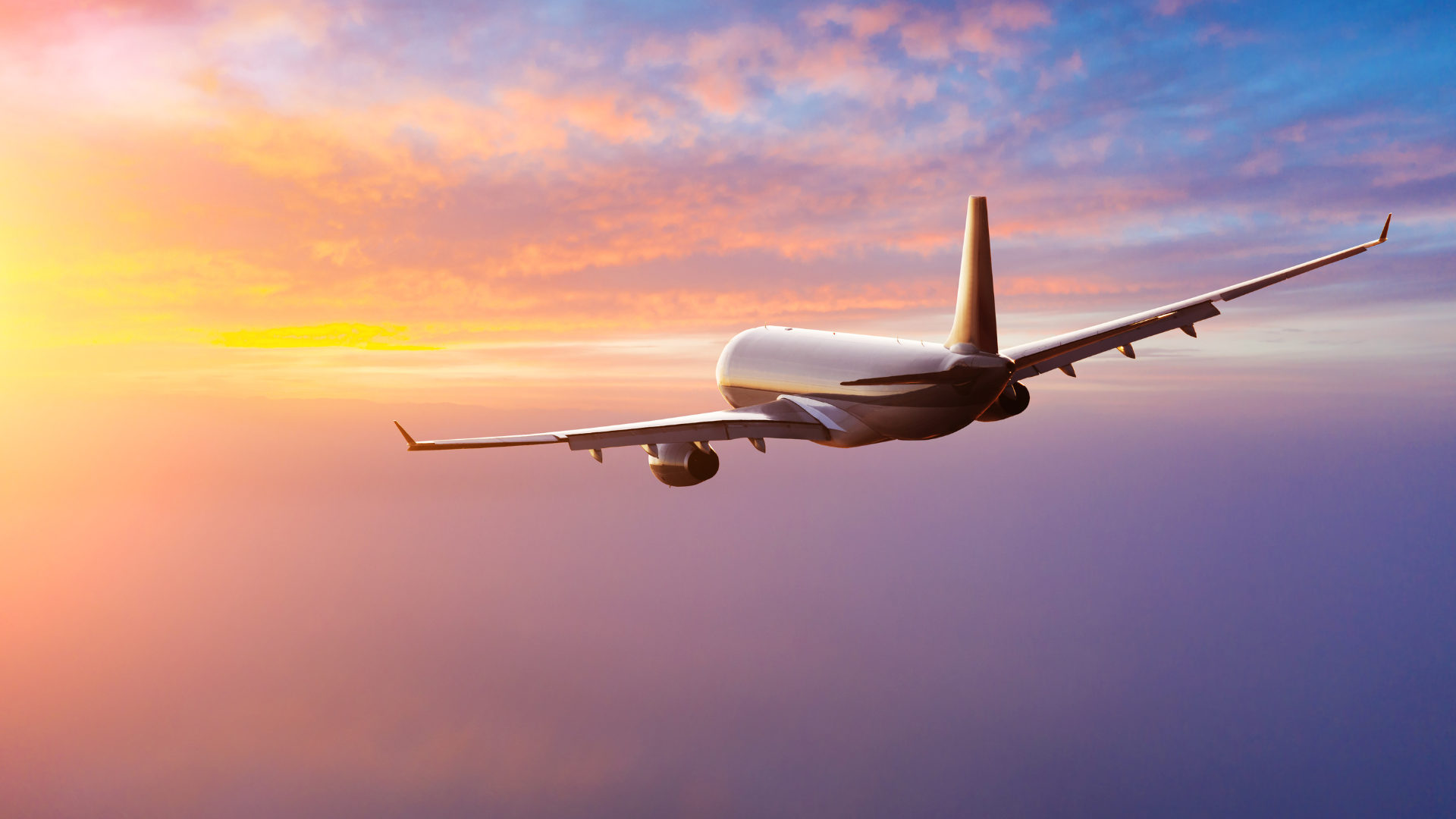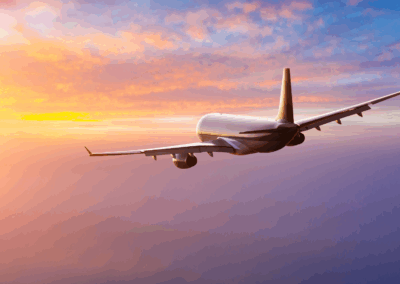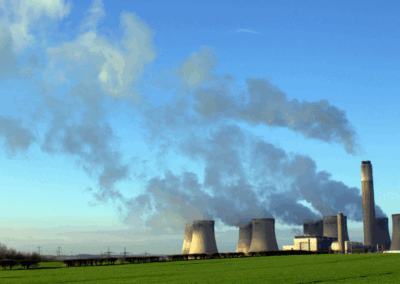Have you ever stopped to consider the environmental cost of your flight when booking your summer holiday? Most people understand that flying contributes significantly to carbon emissions, but what many don’t realise is how much your seat choice can affect your carbon footprint. Although upgrading to business class may seem like a luxurious option, it comes with a hefty environmental cost. On average, business class passengers emit about two or three more carbon dioxide than economy class passengers, depending on flight length and route. Alternatively, first class passengers emit approximately 3 to 4 times more than economy passengers.
To put this into perspective, on a long-haul international flight:
- An economy passenger might be responsible for 150kg CO2e.
- A business class passenger might be responsible for 450kg CO2e or more.
- A first class passenger might be responsible for 600kg CO2e or more.
Throughout this blog post, we’ll break down the differences between each flight class, key reasons why business and first class flights result in significantly higher emissions—from seat size and weight to baggage allowances and onboard services. We will also explore what this means for businesses committed to sustainability, particularly those looking to track, manage, and reduce their carbon emissions. Whether you’re developing a carbon reduction strategy or simply aiming for more responsible travel decisions, understanding the emissions tied to your seat choice is a critical first step.
What Are The Differences Between Each Flight Class?
Economy
Economy seats are great for travellers who are on a budget, or those making regular flights without the requirement for luxuries. Economy is the most affordable flight class – food, drinks, luggage allowances and WiFi are normally not included in your ticket and need to be purchased separately while onboard. Economy has narrow seating and a lot less legroom than in other classes.

Premium Economy
Premium economy offers a slight upgrade to economy without too much of a price increase. The main perks include wider seating and more legroom, at a lower cost than Business or Economy seating. Premium economy seating is normally found at the front of the main cabin seats.
Business Class
Business class seats are a huge step up from economy and offer a range of luxuries. They sit in between economy and first class seating. Business class offer seats which recline and lie flat. It also offers full, multi-course meals and personal bar service. Business class flights normally includes access to the Airport Lounge which is a great perk if you’re making a stop over on a long haul flight.

First Class
First class tickets are the most luxurious seats available to purchase. Passengers who purchase first class tickets feel the benefits before they even board the flight, skipping the Economy check in line and boarding the plane first. Typically, seats flatten fully in first class, with special flight attention and your own door for privacy during the flight. First class also have access to restaurant-quality food and personal bar service. You really get what you pay for.

Factors Affecting Business Class Emissions:
Although the plane would fly from point A to B regardless of the passengers on board, the carbon impact per passenger varies significantly based on seating class. This difference is primarily due to how space, weight, and resources are allocated within the aircraft. Let’s explore how each of these factors contributes to the higher carbon footprint of a business class passenger.
1) Seat Space
Premium class seats have significantly more space than economy, containing features such as lie-flat beds. More resources are used to accommodate each passenger, contributing to higher emissions. Therefore, total cabin floor space is allocated less efficiently when premium seats are used, reducing the number of passengers that can be accommodated for a given aircraft.

2) Seat Weight
Premium class seats are significantly heavier than economy due to larger sizes and extra features which they include. This increased weight contributes to higher fuel consumption and emissions. This added weight increases the aircraft’s overall mass, which in turn leads to higher fuel consumption and greater carbon emissions, especially during takeoff and landing when fuel burn is at its peak.

3) Occupancy
Business and first class seats are less likely to be filled than economy seats (especially long haul). Emissions associated with each seat are spread across fewer passengers, increasing carbon emissions per passenger. This underutilisation means that the emissions associated with those seats are distributed among fewer people, increasing the carbon cost per passenger. In contrast, economy cabins tend to operate at much higher occupancy, allowing emissions to be spread more efficiently. The result is a disproportionately high environmental impact for each business or first class traveller, not because the plane burns more fuel just for them, but because they represent a larger share of the emissions burden in a sparsely occupied space. This inefficiency further increases the carbon footprint of premium travel.
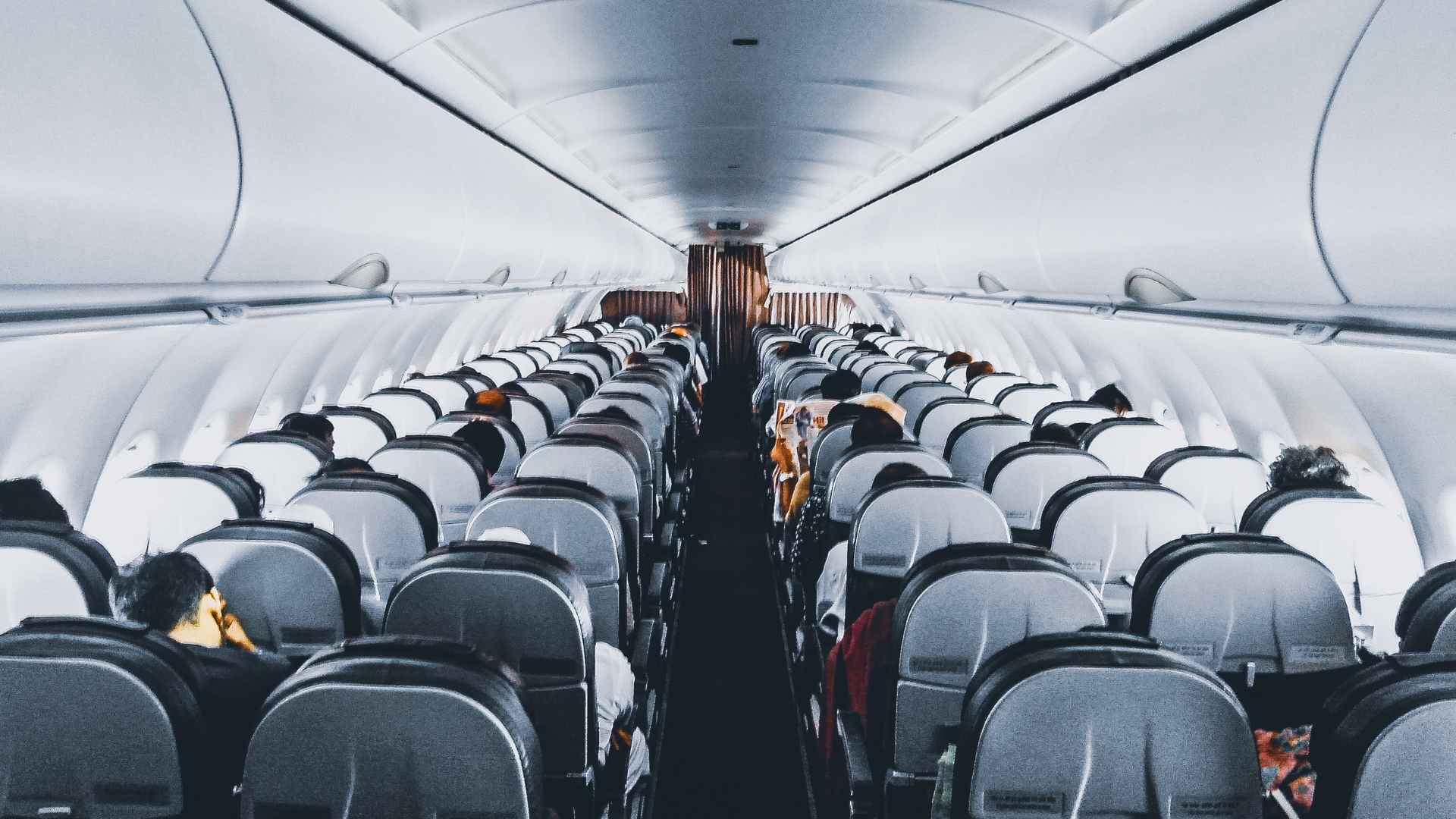
4) Additional Services
Premium passengers have access to gourmet meals and lounges, requiring more fuel and resources. Preparing high-quality meals involves more packaging and waste management, all of which contribute to carbon emissions. In airports, premium lounges consume additional electricity, heating, and water, increasing the overall environmental footprint. While these services enhance the passenger experience, they come with a higher carbon cost that adds to the emissions burden of premium travel.

5) Increased Baggage Allowance
Business and first class passengers typically have a larger baggage allowance, adding to the weight of each aircraft. Premium class passengers are permitted to bring multiple, heavier checked items with them onto the plane. Heavier planes require more energy during takeoff and more fuel throughout the flight, leading to higher fuel consumption and increased carbon emissions. When multiplied across the premium passengers on a long-haul flight, this added weight can make a noticeable difference in the flight’s total environmental impact.

6) Fuel Consumption
The added weight from premium class seats and larger baggage allowances results in higher fuel consumption, particularly during takeoff and landing, which are the most energy-demanding stages of a flight.
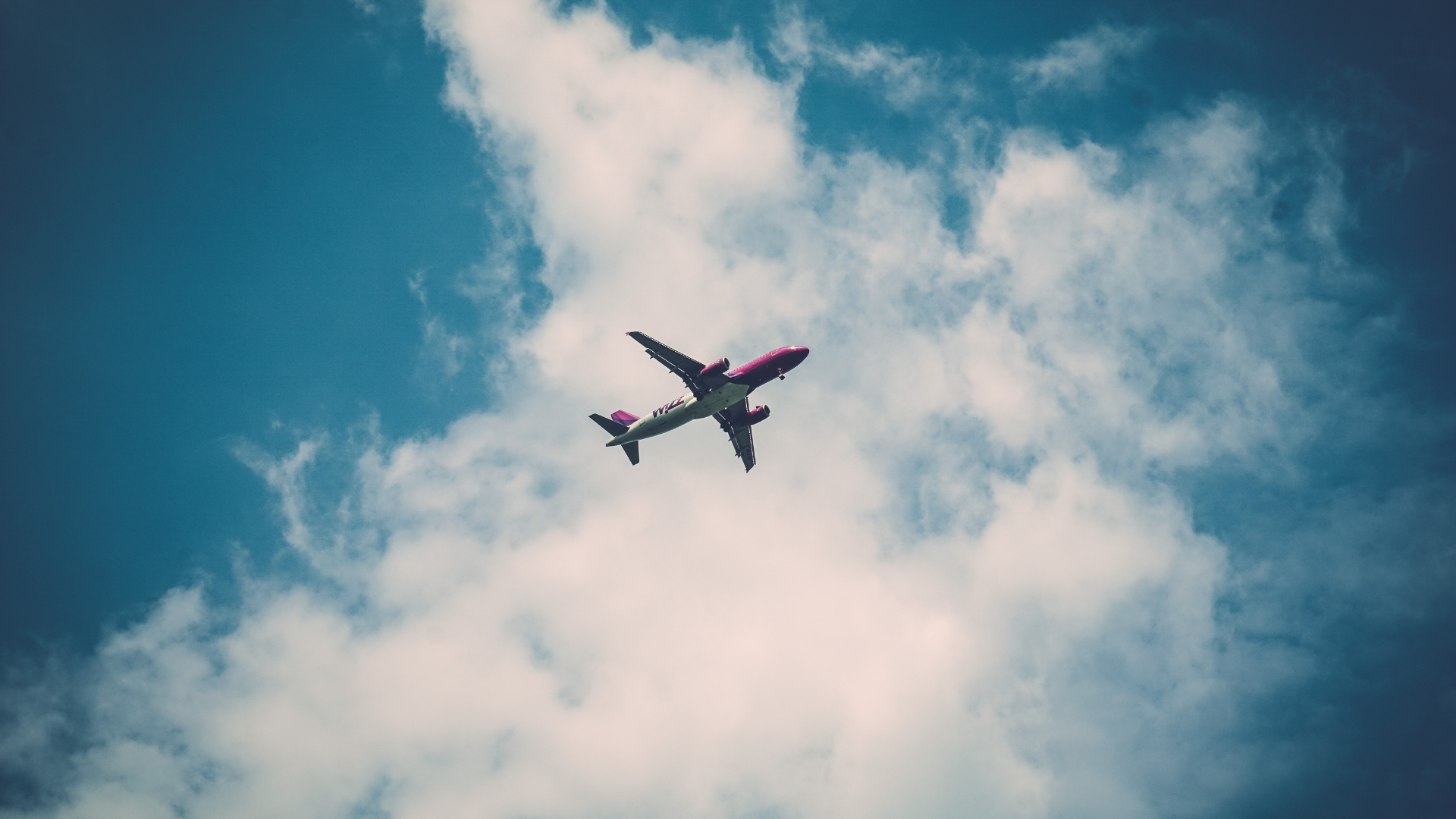
Where Does Carbon Accounting Come In?
For companies who are regularly flying for work, tracking flight emissions manually can be extremely time consuming and inconsistent. Carbon accounting platforms can significantly speed up this process by calculating travel emissions for specific dates and flights. This process assists businesses who have committed to sustainability and have set carbon reduction targets. By accurately and efficiently tracking your travel emissions, your business can monitor its progress towards sustainability.
To Summarise…
Despite the obvious luxury premium flying brings, it also has a huge environmental cost. As we move towards a healthier planet and commit to sustainability goals, it is important to take these factors into account when choosing your flight seat. From increased fuel consumption due to larger seats and heavier baggage, to the carbon-intensive services and amenities offered to premium passengers, the environmental footprint of flying business class is far greater than most people realise. For businesses who are committed to sustainability, understanding these impacts is crucial. Tools such as carbon accounting platforms can make this process significantly more efficient, and assist businesses with making more environmentally-conscious decisions.
If you have any further questions about what carbon accounting can offer, don’t hesitate to get in touch with us.

